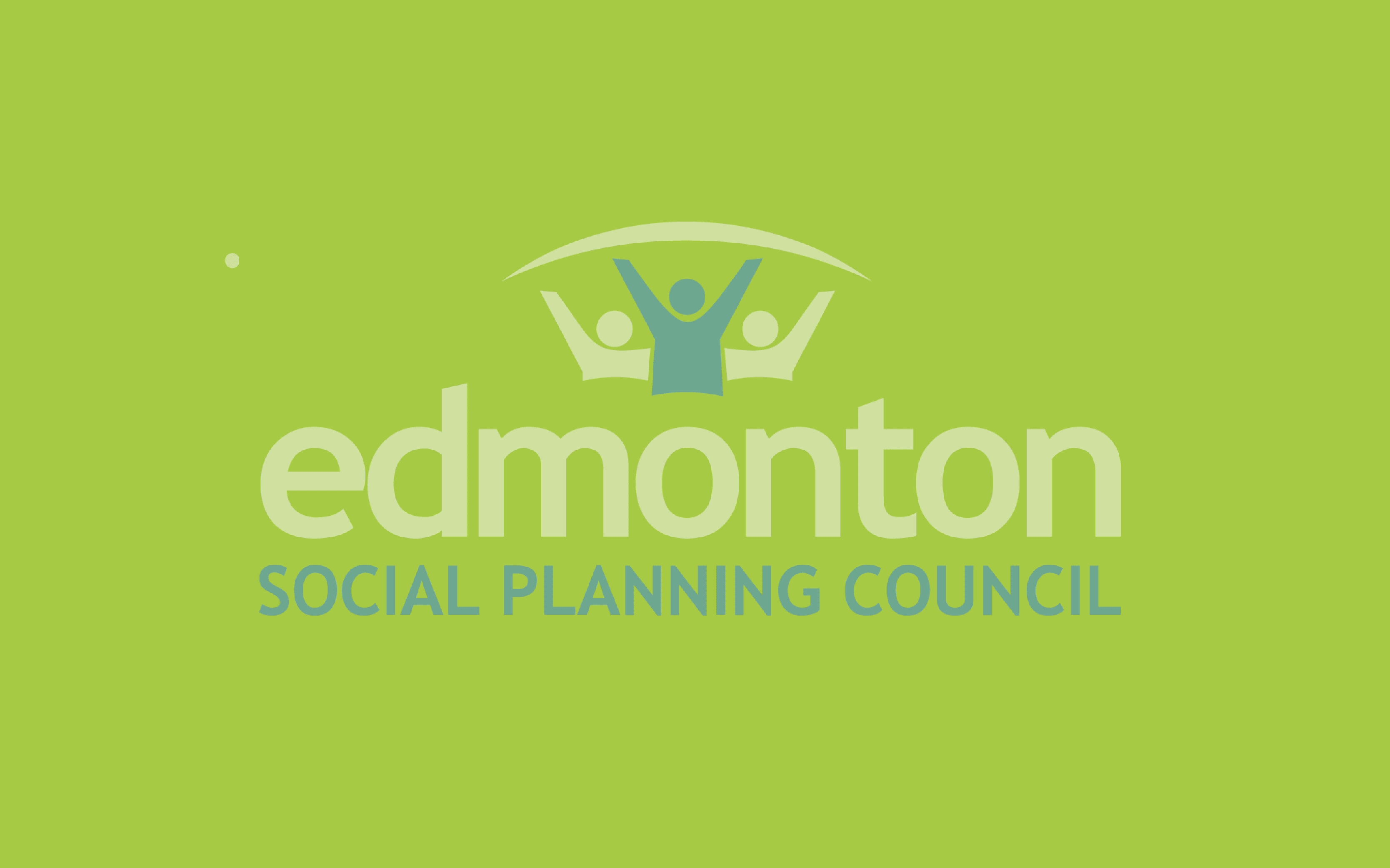What is Food (In)Security?
As defined by the United Nations’ World Food Summit of 1996, food security exists when “all people, at all times, have physical, social, and economic access to sufficient, safe, and nutritious food to meet dietary needs for a productive and healthy life.”
Food insecurity occurs when individuals or families lack access to food due to financial, physical, or social barriers. The accessibility of food can occur at community and national levels as well as within individual households. Thus, food security achieved at the community level does not necessarily prevent individuals from experiencing household food insecurity. Factors to consider when assessing food security include the availability and accessibility of food, alongside adequacy (i.e. nutritious, safe, and environmentally sustainable food) and acceptability (i.e. culturally acceptable food).
Household food insecurity occurs due to financial constraint and exists on a spectrum that can be divided into three categories: marginal (concern about running out of food, or a limited food selection), moderate (compromise in quality or quantity of food), and severe (miss meals, reduce food intakes, or multiple days without food).
Living with food insecurity can have detrimental impacts. According to the non-profit Community Food Centres Canada, food insecurity affects physical and mental health, relationships with loved ones and children, while also being attributed to increased social isolation, barriers in finding and maintaining employment, difficulty finding meaning and purpose in life, and impediments in the expression and sharing of culture.
Who Is Most Impacted by Food Insecurity?
Before the COVID-19 pandemic in March 2020, nearly 4.5 million Canadians were experiencing food insecurity. According to Food Banks Canada’s 2019 HungerCount, food banks across Canada had over 1 million visits, of which nearly 375,000 of them being children. In Alberta, food banks recorded over 89,000 visits, with more than 35,282 of them being children. Food bank use nationwide had stabilized with roughly the same number of visits as in 2018. Within Edmonton, 13.8% of residents were food insecure in 2017-2018. In 2019, 63,323 people received a hamper from Edmonton’s Food Bank or one of its affiliates.
Indigenous and racialized people are also disproportionately impacted by food insecurity. Black households are 3.5 times more likely to be food insecure than white households, and almost half of all First Nations families are food insecure.
Of those who access food banks to meet their needs, the 2019 HungerCount reported that 34% were children, 48% were single adult households, 18% were single parent households, and 57.4% were on social assistance or disability-related supports.
COVID-19’s Impact on Food Security
The COVID-19 pandemic exacerbated existing food security challenges for Canadians. According to Statistics Canada, almost one in seven Canadians (14.6%) experienced food insecurity in May 2020—an increase from 10.5% just two years earlier. Canadian households with children were particularly more likely to experience food insecurity, representing nearly one in five households (19%). As a result, food bank visits increased by 20%. Notably, not everyone who is food insecure accesses a food bank, so it’s possible these numbers are even higher.
Emergency Funding and COVID-19
When the COVID-19 pandemic spread, all levels of government introduced a number of relief measures to help Canadians weather the public health emergency. This included funding to address food security.
In April 2020, the Government of Canada announced $100 million in funding through the Emergency Food Security Fund to Canadian food banks and other national food rescue organizations to help improve access to food for people experiencing food insecurity. Of this funding, $50 million went to Food Banks Canada while the remainder went to Second Harvest, Community Food Centres Canada, Breakfast Club of Canada, and Salvation Army. These organizations work in the areas of food rescue, food education and advocacy, school clubs, and community meals, respectively. In October 2020, the federal government announced another $100 million in funding to address food security.
In May 2020, the Government of Alberta gave $5 million in funding to food banks across Alberta—part of the $30 million in emergency social service support that went to more than 460 agencies.
Locally, the Edmonton Community Foundation delivered emergency funds to various community organizations through the COVID-19 Rapid Response Fund (over $4 million) and the Emergency Community Support Fund ($2.4 million). More than $500,000 and $600,000 from these two funds, respectively, were delivered to 46 different projects that addressed food security challenges.
Food Rescue Initiatives
In an era when millions of Canadians experience food insecurity, diverting food waste—especially perfectly edible food that might end up in the dumpster of a grocery warehouse due—is seen as a key measure to provide emergency relief for those in need.
In August 2020, the Government of Canada announced a $50 million investment through the Surplus Food Rescue Program to distribute food—that would otherwise go to waste—to vulnerable Canadians that would otherwise go to waste. This food surplus was one outcome of the pandemic that had forced the closure of restaurant and hospitality industries, leaving many producers without a key market for their food commodities. Not-for-profits like Food Banks Canada and Second Harvest would redistribute 12 million kilograms of fresh fruit, vegetables, meat, fish, and seafood to food insecure families that would otherwise have been wasted.
Locally, Edmonton’s Food Bank gleans 4.8 million pounds of food waste annually, equivalent to 60—80% of its annual meals.
Leftovers Edmonton also diverts food waste for emergency relief, and in 2019 rescued enough food to provide 164,000 meals to charity.
The Role of Community Gardens
While fresh food provides more nutrition than packaged or processed food, only 40% of supplies distributed to food banks is fresh. As a result, community gardens have seen renewed interest.
The University of Alberta’s Campus Community Garden, located in the East Campus Village since 2003, promotes urban agriculture by teaching campus community members sustainable gardening practices. It also contributes to food security by providing a portion of its harvest to the Campus Food Bank.
The use of community gardens as a way to enable greater access to locally grown food and mitigating any potential disruptions to the global supply chain also saw increased interest as the COVID-19 pandemic took hold.
In response, the City of Edmonton launched the Pop-Up Community Gardens Pilot in the spring of 2020, adding 350 garden plots in 29 temporary garden sites, designed to give residents a chance to start gardening or expand on an existing one. The city provided the planter boxes and soil to each site while gardeners were responsible for plants, seeds, and tools. Sites were chosen based on the number of grocery stores and/or the number of multi-family buildings within the neighbourhood. These gardens have the potential to increase food education, strengthen gardening skills, and enable more consumption of nutritious fruits and vegetables.
While these pilot initiatives demonstrate positive outcomes like social connectedness, healthier eating habits, improved mental health, and increased physical activity, they are unlikely to significantly impact food insecurity rates in Canada.
Multicultural Responses to Food Insecurity
Food insecurity disproportionately impacts Indigenous, newcomer, and racialized populations in Canada. It’s important, therefore, that food security measures are responsive to their needs as they are more likely to experience social isolation due to food insecurity. Within Edmonton, a number of new initiatives aim to address these concerns.
Food hamper programs were set up by organizations such as the Somali Canadian Education and Rural Development Organization (SCERDO) and the African Diaspora COVID-19 Response. This response team was set up by the Africa Centre in collaboration with ten other groups within the African community providing food hampers to their members in order to gain better access to nutrition (which includes providing culturally relevant foods like injera and yucca powder). They also help members to navigate government support programs, provide psychosocial and emotional support, as well as career support for those facing job loss.
In addition, the C5: Collaborative for Change (Bent Arrow Traditional Healing Society, Boyle Street Community Services, Edmonton Mennonite Centre for Newcomers, Norwood Child and Family Resource Centre and Terra Centre for Teen Parents) set up a food hamper program in response to the pandemic, delivering food to 550 families—2,000 individuals every two weeks.
These measures are in addition to the ongoing services that existed before the pandemic. For example, the Multicultural Health Brokers Co-op has a Grocery Run Program. This program is designed to address food security challenges among immigrant and refugee communities (particularly perinatal, pregnant, and post-partum women) as a result of barriers to transportation, language, or unfamiliarity with mainstream food products. The program has seen an increase from 100 to now 450 families accessing the program each week.
Food insecurity in Canada is primarily linked to income or financial insecurity.
Final Reflections
The reasons individuals and families experience food insecurity are complex, and include physical, economic, and social barriers. Within Canada, food insecurity is primarily linked to income or financial insecurity: unemployment, low-wage or precarious jobs, and social assistance rates that do not provide a livable income for recipients.
Measures to provide immediate food relief for emergency situations are important and valuable work, but long-term policies to address income insecurity must also be part of the solution to tackle food security both during and beyond, a global pandemic. These measures include a living wage, universal basic income, and protection from sudden changes or shocks to income sources.
[/et_pb_text][/et_pb_column][et_pb_column type=”1_4″ _builder_version=”4.7.4″ custom_padding=”0px|20px|0px|20px|false|false” border_color_left=”#a6c942″ custom_padding__hover=”|||”][et_pb_testimonial author=”Posted by:” job_title=”@ET-DC@eyJkeW5hbWljIjp0cnVlLCJjb250ZW50IjoicG9zdF9hdXRob3IiLCJzZXR0aW5ncyI6eyJiZWZvcmUiOiIiLCJhZnRlciI6IiIsIm5hbWVfZm9ybWF0IjoiZGlzcGxheV9uYW1lIiwibGluayI6Im9uIiwibGlua19kZXN0aW5hdGlvbiI6ImF1dGhvcl93ZWJzaXRlIn19@” portrait_url=”@ET-DC@eyJkeW5hbWljIjp0cnVlLCJjb250ZW50IjoicG9zdF9hdXRob3JfcHJvZmlsZV9waWN0dXJlIiwic2V0dGluZ3MiOnt9fQ==@” quote_icon=”off” disabled_on=”on|off|off” _builder_version=”4.7.4″ _dynamic_attributes=”job_title,portrait_url” _module_preset=”default” body_text_color=”#000000″ author_font=”||||||||” author_text_align=”center” author_text_color=”#008ac1″ position_font=”||||||||” position_text_color=”#000000″ company_text_color=”#000000″ background_color=”#ffffff” text_orientation=”center” module_alignment=”center” custom_margin=”0px|0px|4px|0px|false|false” custom_padding=”32px|0px|0px|0px|false|false”][/et_pb_testimonial][et_pb_text disabled_on=”on|off|off” _builder_version=”4.7.4″ _dynamic_attributes=”content” _module_preset=”default” text_text_color=”#000000″ header_text_align=”left” header_text_color=”rgba(0,0,0,0.65)” header_font_size=”20px” text_orientation=”center” custom_margin=”||50px|||” custom_padding=”48px|||||”]@ET-DC@eyJkeW5hbWljIjp0cnVlLCJjb250ZW50IjoicG9zdF9jYXRlZ29yaWVzIiwic2V0dGluZ3MiOnsiYmVmb3JlIjoiUmVsYXRlZCBjYXRlZ29yaWVzOiAgIiwiYWZ0ZXIiOiIiLCJsaW5rX3RvX3Rlcm1fcGFnZSI6Im9uIiwic2VwYXJhdG9yIjoiIHwgIiwiY2F0ZWdvcnlfdHlwZSI6ImNhdGVnb3J5In19@[/et_pb_text][/et_pb_column][/et_pb_row][/et_pb_section]


